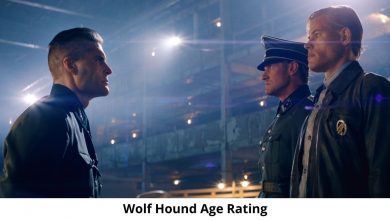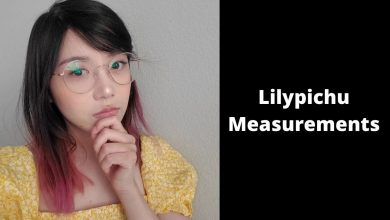In his first short story collection, Rawi Hage acts as witness to fractious lives upended by history
In her 1977 essay collection “On Photography” — a book that has, at best, an ambivalent relationship to the titular medium — Susan Sontag writes that a photograph “is not just the result of an encounter between an event and a photographer; picture-taking is an event in itself … Our very sense of situation is now articulated by the camera’s interventions.”
Montreal author Rawi Hage, author of the novels “Cockroach” and “Beirut Hellfire Society,” extends Sontag’s idea in “Stray Dogs,” his first collection of short fiction.
In the story “The Duplicates,” protagonist Basilidis Al Awad is an archivist at McGill University who specializes in “the delicate process of photographic reproductions of valuable manuscripts.” Al Awad spends his time locked away in the archives, painstakingly creating duplicates of priceless manuscripts on glass-plate negatives.
Charged with photographing a rare manuscript on loan from the Vatican, Al Awad’s excitement quickly turns to concern when he realizes that the duplicate he’s made of the original annotated document contains something unusual: the name Simon Magus has inexplicably been substituted for the name of Jesus. Returning to the negative to rectify the problem, Al Awad creates another duplicate, this time finding the name of the Nestorian priest Waraqa Ibn Nawfal in place of the original.
There is much to unpack here, as is typical of a Rawi Hage narrative. Waraqa Ibn Nawfal, we learn, was the first cousin of the prophet Muhammad, while Simon Magus, considered by some the founder of Gnosticism, is also the figure who gives us the term simony, the biblical concept of purchasing access to power.
The Beirut-born Hage is one of the most erudite and densely allusive writers working in Canada today and, in “The Duplicates,” he asks provocative questions about theology, history and the process by which these concepts are handed down across generations.
The story is thick with religious resonance, which emphasizes the dual nature of Al Awad’s character, split “between Al Awad the theologian and Al Awad the mechanical engineer.” Or, put another way, split between the divine and the worldly, the sacred and the profane.
These dichotomies exist at the centre of Hage’s novels and are also profound in the 11 stories that comprise “Stray Dogs.” In “The Colour of Trees,” a former philosophy professor at Concordia University in Montreal confronts his grief over his late wife, and the relationship “between the inner world of the self and the outer self of the world.” This relationship is also encountered in the male protagonists of other stories, characters who are influenced by missing women — mothers, wives, lovers — who have either died or abandoned their men.
In “The Wave,” a geologist who believes he is capable of predicting a future tsunami down to the hour flees his home in Beirut after an Islamist incursion, perhaps leaving behind his wife to perish in the disaster. Hage casts the geologist, Ghassan El-Hajjar, in the role of witness: “I witnessed the city’s fall and the exodus of every religious minority. I watched boats and planes rushing out of the country for months on end until the loss was complete.”
A photographer is also, of course, a witness of sorts; the two concepts merge into one another in many of the stories. One of the book’s most intriguing, “The Fate of the Son of the Man on the Horse,” involves two photographs, one delivered to protagonist Giuseppe by Italian film diva Sophia Loren, the other a portrait of Mussolini, who is revealed to be Giuseppe’s illegitimate father.
That story’s anonymous epigraph reads, “Photographs are traces of apparitions.” The photographers and their fellow travellers in these stories are hunters in pursuit of apparitions; some find a kind of solace, others are doomed to find only emptiness and death. The violent history of Lebanon hovers in the background of many stories, once again echoing Sontag, who wrote: “People robbed of their past seem to make the most fervent picture takers.”
Himself an accomplished photographer, Hage here reaffirms his devotion to acting as a witness for the fractious lives upended by history and the tides — sometimes literal — that threaten to mow them down.
JOIN THE CONVERSATION



